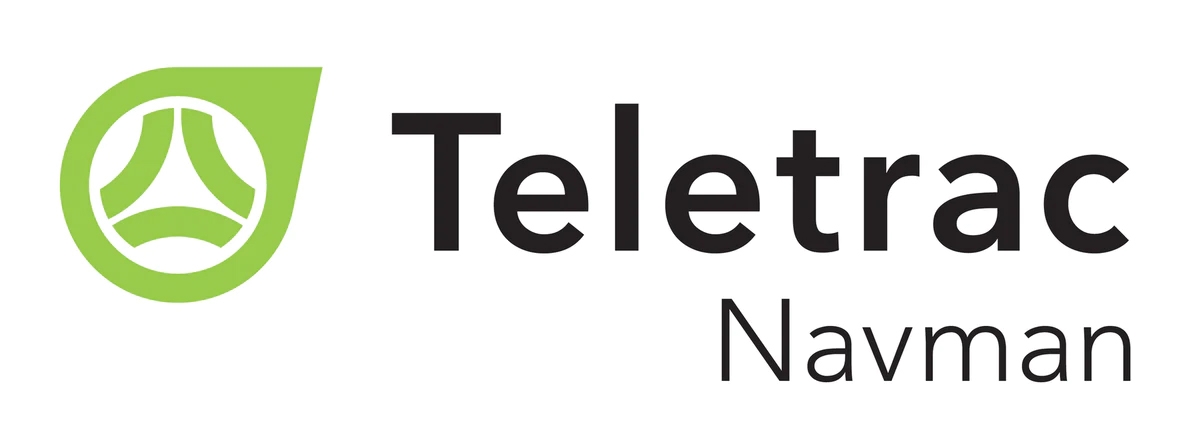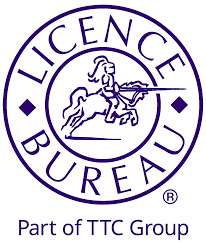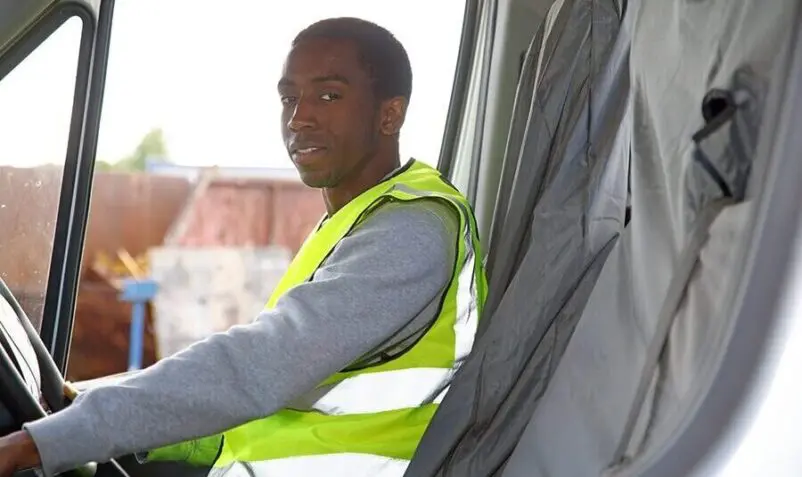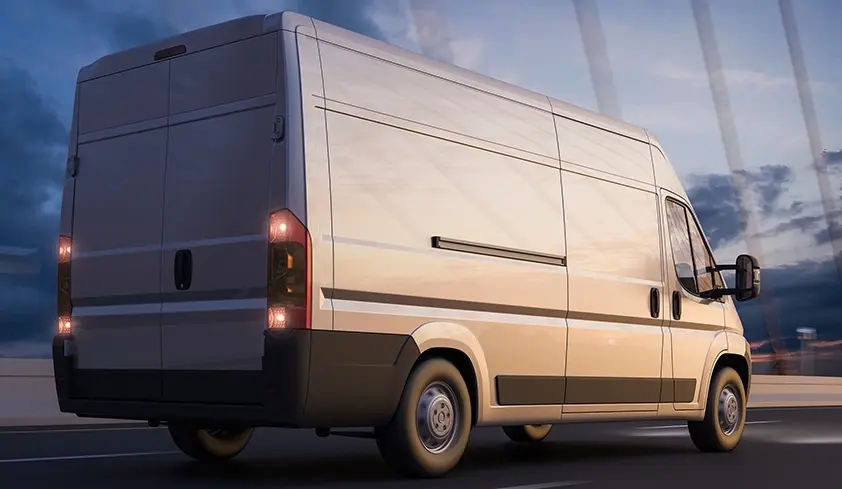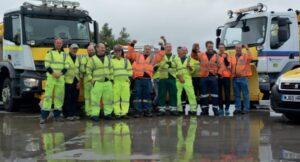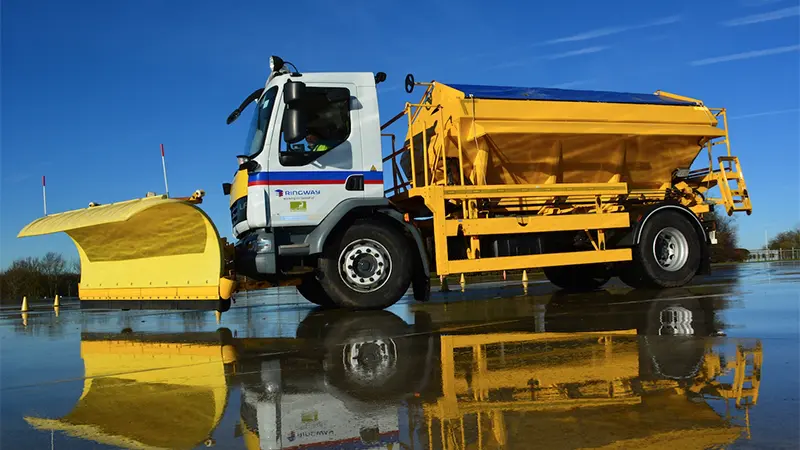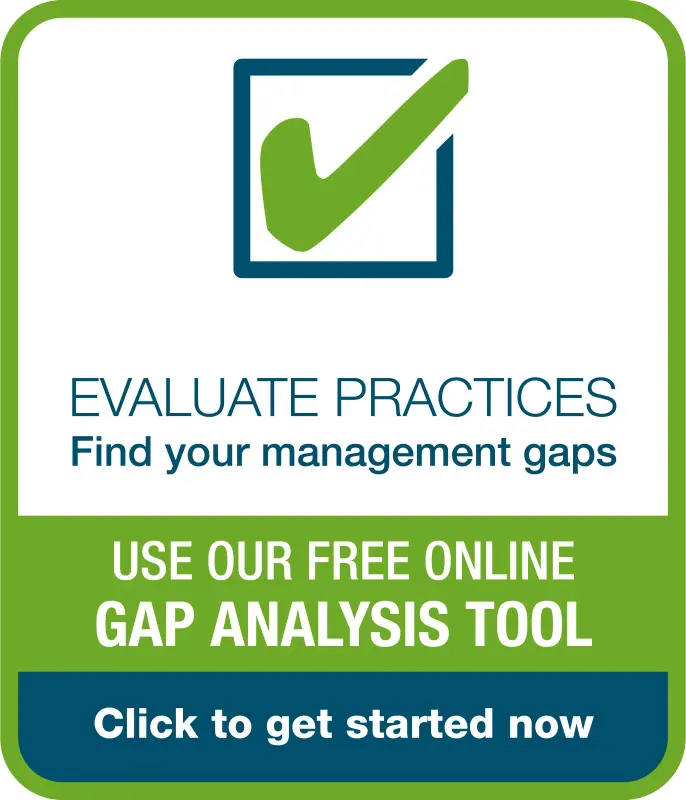
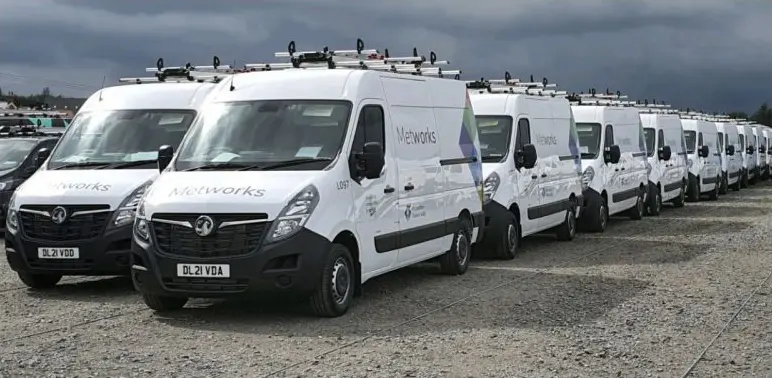
Fleet Size
Vans: 200
Metworks is the in-house residential maintenance company for housing association Metropolitan Thames Valley Homes. Transport manager, Joe Masters, oversees a fleet of 200 Citroën Relay and Vauxhall Movano vans, all of which are in the care of individual remote operatives.
Summary of Achievements
Speeding
DOWN 75%
Insurance Claims
DOWN 30%
Maintenance Costs
DOWN 10%
Fuel Costs
DOWN 10%
Demonstrating leadership in driver safety
“Managing road risk is essential because as a fleet manager your worst-case scenario is a fatality. Even if it was not our driver’s fault, if we hadn’t done everything in our power to prevent it, I’m not sure I could live with that.”
Joe Masters, Transport Manager
More details
Supported by DfBB Partners

Metworks is the in-house residential maintenance company for housing association Metropolitan Thames Valley Homes. Transport manager Joe Masters oversees a fleet of 200 Citroën Relay and Vauxhall Movano vans, all of which are in the care of individual remote operatives.
“Managing road risk is essential because as a fleet manager your worst-case scenario is a fatality. Even if it was not our driver’s fault, if we hadn’t done everything in our power to prevent it, I’m not sure I could live with that.”
Joe Masters, Transport Manager, Metworks
Gap Analysis
The first thing Joe did was to analyse the fleet’s weaknesses. Although he has since taken steps to address these weaknesses, it is an ongoing process and still informs the company’s training schedule. “We have created a programme with our training provider which targets specific areas,” he says. “I also run a driver awareness campaign which restarts every January.”
Driver communication
It’s essential that Joe repeats key themes each year for their drivers, as housing associations have a high turnover of staff, particularly near London which has several other associations all keen for skilled workers. The Metworks drivers are primarily maintenance operatives and so driving is not a core part of their professional skillset.
Joe uses a mixture of training, e-learning, videos and toolbox talks to complement the fleet policies. “It’s important to make the policies real and applicable to them,” he says. “We work hard to make them understand that this isn’t about working a certain way because we say so – it’s intended to keep them and others safe and so ensure that we have fulfilled our duty of care.”
Telematics
Metworks uses Teletrac Navman. “We’ve seen our greatest benefit through the use of telematics,” he says. “Speeding has reduced by 75%. With less speeding, we’ve seen lower vehicle maintenance costs, and lower fuel costs, both down by around 10%.”
Joe is very aware that risk-taking in driver behaviour is likely accompanied by risk taking in others. “We explain to the drivers why we don’t tolerate speeding even of one, two or three miles over the limit.”
Safe loading
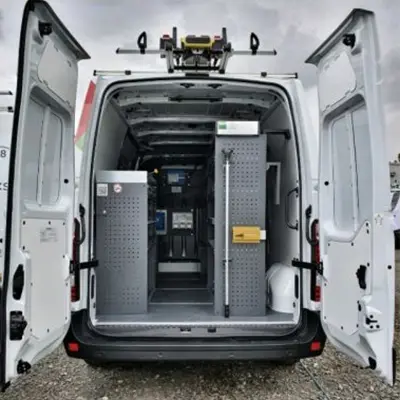 Metworks has no depots, only offices and so its operatives carry everything they need in the back of the van. It was initially a challenge to impress upon drivers that the respon-sibility for staying within proscribed weight limits was their personal responsibility. However, on-board scales, which show total weight and distribution over the axles and sound an alarm if overloaded, have helped in reinforcing drivers’ sense of responsibility. 45 of the 200 vans now have these scales and Joe intends to roll them out throughout the fleet.
Metworks has no depots, only offices and so its operatives carry everything they need in the back of the van. It was initially a challenge to impress upon drivers that the respon-sibility for staying within proscribed weight limits was their personal responsibility. However, on-board scales, which show total weight and distribution over the axles and sound an alarm if overloaded, have helped in reinforcing drivers’ sense of responsibility. 45 of the 200 vans now have these scales and Joe intends to roll them out throughout the fleet.
Risk assessments
Drivers are risk-assessed continuously. Joe studies a list of criteria including:
- Telematics
- Loading
- Speeding
- Productivity
- Out of hours use of the van: If drivers are not on call-out duty, this is flagged
- Licence validation: all changes to licences must be reported
- Induction and training attendance – even if conducted by Teams
- PCNs. While parking is sometimes difficult, any repeat offence is followed up as a potential
flag of an underlying issue - The accuracy of their daily and weekly vehicle checks
Along with drink-driving awareness, all these factors are addressed in the driver awareness campaign throughout the year. Joe believes on following up even minor repeated infringements because it can reveal a wider issue, such as illiteracy, a dependency or illicit use of the vehicle.
Driver training
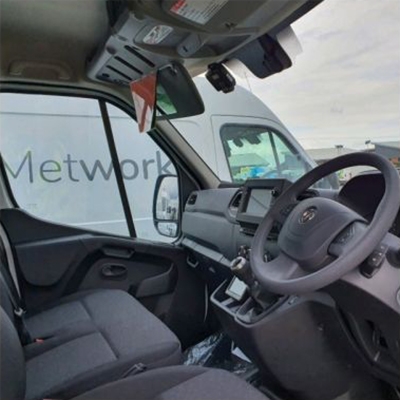
The highest risk drivers are licence-checked, and trained, more frequently.
“We use Licence Bureau training modules, which take drivers through basic training and a series of questions. Depending on how they perform, they will be directed to further modules to address their gaps in knowledge,” he says.
Although he personally assesses each driver, he feels it’s not always the most reliable guide. “Anyone can drive well for half an hour with someone watching them,” he says. “I need to know how they perform when no one is watching.”
He uses a driver-trainer who was previously an HGV driver. He runs classroom sessions, starting with the most high-risk individuals. Although interrupted by COVID, Joe hopes to resume these in-person sessions next year, as they included experiences which couldn’t be replicated on Teams.
“We had the drivers wearing glasses which simulated the effects of alcohol on vision, and asked them to find things within the classroom. It really brings home to people how impaired alcohol makes you,” he says.
Their former insurance provider also contributed resources and training which has been helpful. All of the training, including Joe’s initial induction sessions, is reinforced by toolbox talks, online videos and other PDA-based material.
Driver distraction
Joe has banned mobile phone use even by Bluetooth, athough each vehicle is equipped with Bluetooth technology. “I don’t remove the Bluetooth because I don’t want to inadvertently drive someone to make a call by holding the phone,” he says.
“However, we make it very clear: calls can wait. I don’t care if the Queen is calling you. You pull over and ring her back when it’s safe. Even hands free, phone calls are distracting.
“I ask myself: is that simple phone call worth someone’s life?”
Journey management
Metworks are minimising driving time by ensuring that jobs are given to the most local driver and any corporate meetings which can be done by Teams are. “Quite simply the less they drive, the less at risk they are,” says Joe.
Business benefits
Speeding
DOWN 75%
Insurance Claims
DOWN 30%
Maintenance Costs
DOWN 10%
Fuel Costs
DOWN 10%
Initially on-road incidents spiked as the drivers learned to report every vehicle-related incident, down to the merest scratch. “It seems counter-intuitive but it has given us a sound baseline for charting improvement,” says Joe.
The company has now seen both the number and value of claims diminish by 30%. “We have been able to move to self-insurance where we pay for any damage we cause directly, and we claim against third parties if they are at fault. This has saved us considerable money.” Metworks had 100 fewer claims between 2019 and 2020. It saved £36,000 in associated costs.

